Throughout history, many legendary artifacts have mysteriously disappeared, leaving behind unanswered questions and endless speculation. These treasures, often tied to royalty, religion, or cultural significance, vanished under circumstances that continue to captivate historians and adventurers alike. Some were lost in the chaos of war, while others were stolen or hidden away, never to be seen again. Despite numerous searches and investigations, the fate of these priceless items remains unknown. This article delves into some of the most intriguing and baffling cases of historical artifacts that have simply vanished without a trace.
The Amber Room
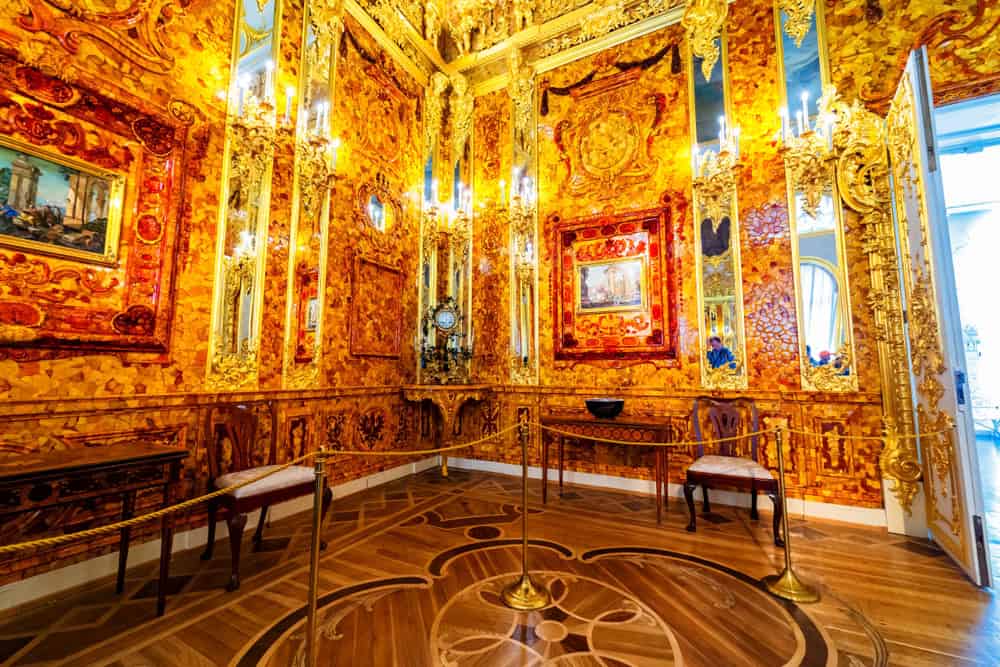
The Amber Room, often referred to as the “Eighth Wonder of the World,” was an opulent chamber made entirely of amber, gold, and mirrors. It was originally constructed in Prussia and given to Peter the Great of Russia in 1716. This remarkable room was later installed in the Catherine Palace near St. Petersburg, Russia. During World War II, Nazi forces looted it when they invaded the Soviet Union, dismantling it and transporting it to Königsberg (modern-day Kaliningrad). Despite numerous efforts to recover it, the room vanished as the war drew to a close. Some historians believe it was destroyed during bombings, while others suggest it may have been hidden in underground bunkers. In recent years, several expeditions have searched for the room, but its location remains a mystery. Interestingly, modern reconstructions of the Amber Room have been made, though they cannot replace the splendor of the original.
The Ark of the Covenant
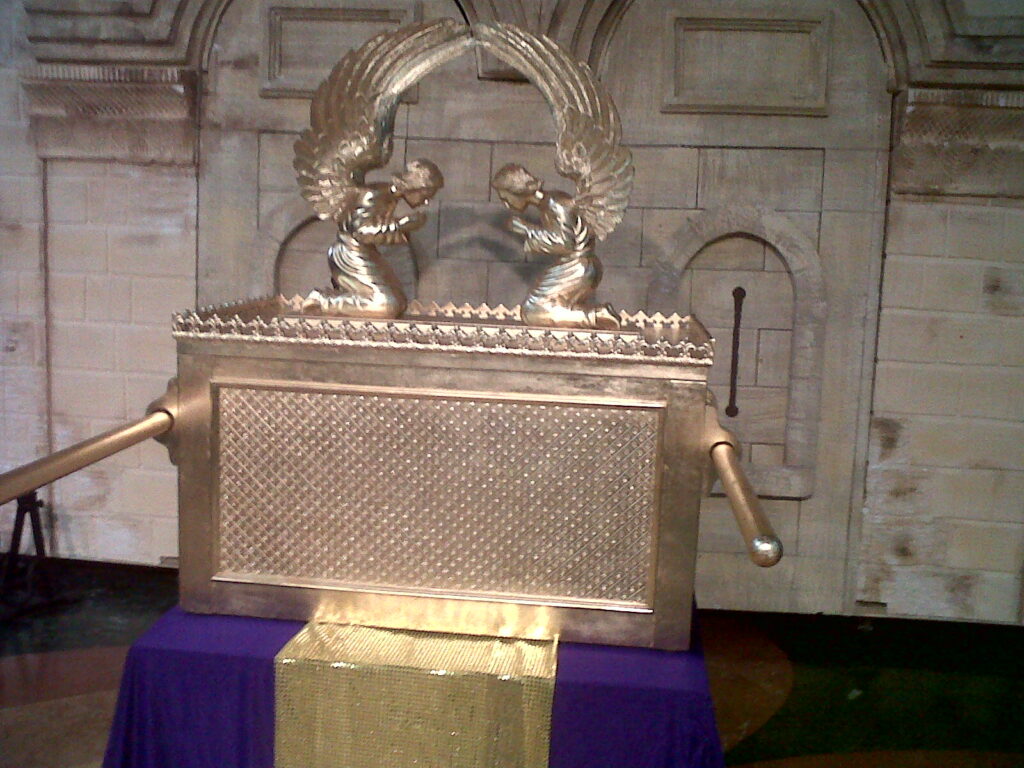
The Ark of the Covenant, a biblical artifact, has captured imaginations for centuries. It was believed to be a golden chest containing the Ten Commandments, Aaron’s rod, and a pot of manna, symbolizing the divine presence of God. According to religious texts, the Israelites carried it into battle, and its power was said to be immense, bringing plagues to enemies and miracles to its protectors. It disappeared around 587 BC, when the Babylonians sacked Jerusalem and destroyed Solomon’s Temple, where the Ark had been housed. Some speculate that it was hidden by priests before the invasion, while others believe it was destroyed or taken to Babylon. Some even claimed that it is hidden in Ethiopia, guarded by monks. Archaeologists and adventurers alike continue to search for this legendary artifact, but it remains elusive.
The Honjō Masamune
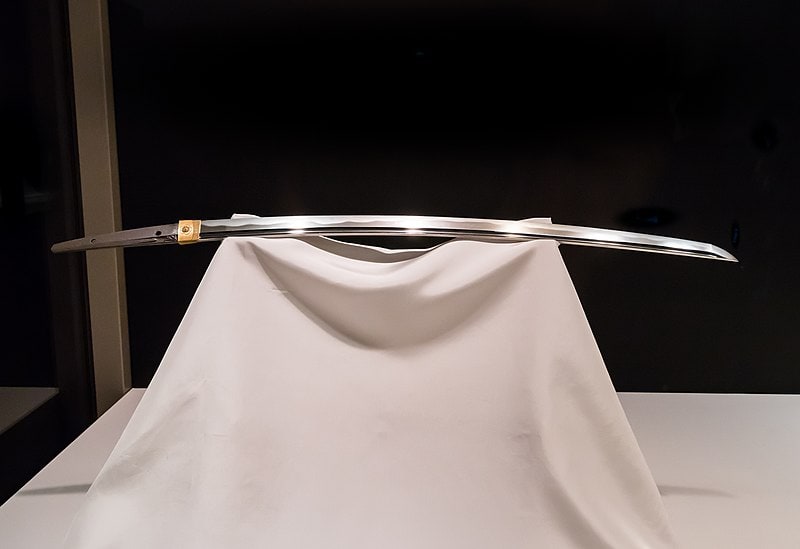
The Honjō Masamune is a legendary Japanese sword, considered one of the finest ever created by the famous swordsmith Masamune. It was passed down through generations of samurai and became a symbol of power in Japan. During World War II, Japan was required to surrender all swords as part of the Allied occupation. It was handed over to American forces in 1945 and subsequently disappeared. No record of its whereabouts has surfaced since, and it is widely believed to have been taken back to the United States, lost in the shuffle of war relics. In recent years, the search for it has intensified, with historians and sword enthusiasts hoping to rediscover this piece of Japan’s heritage.
The Florentine Diamond

The Florentine Diamond, a yellow, 137-carat gem, was one of the most famous diamonds in the world. Its origins trace back to India, but it became part of European history when it was owned by the Dukes of Tuscany. Eventually, it ended up in the hands of the Habsburg family of Austria. After World War I, as the Austro-Hungarian Empire crumbled, Emperor Charles I took it to Switzerland in 1918, where it was entrusted to a lawyer for safekeeping. It vanished soon after, and its whereabouts remain unknown. Some speculate it was recut and sold off, while others believe it was hidden or stolen. Over the years, numerous attempts have been made to track it down, but none have yielded results.
The Lost Fabergé Eggs
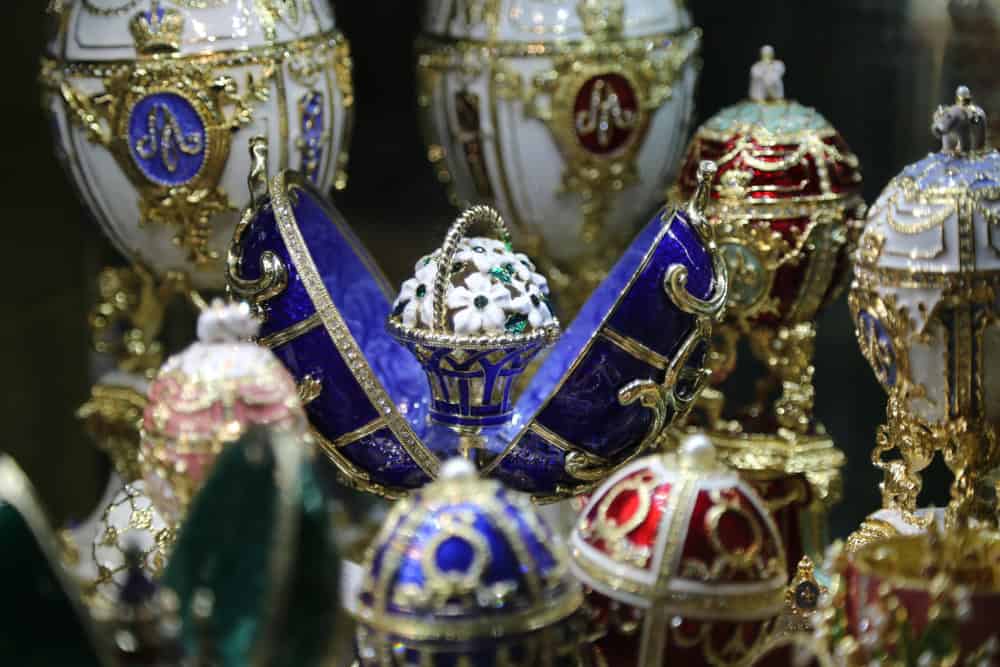
Fabergé eggs were luxurious Easter gifts made for the Russian royal family, crafted by Peter Carl Fabergé in the late 19th and early 20th centuries. These jeweled eggs were masterpieces of craftsmanship, containing intricate surprises inside. Of the 50 Imperial Fabergé eggs made, seven are still missing, presumed lost during the Russian Revolution. The Bolsheviks likely sold many royal treasures to raise funds, and the whereabouts of these eggs became unknown. Some may have been destroyed, while others might be in private collections, unrecognized for their value. Collectors and historians continue to search for the missing Fabergé eggs, hoping to bring these beautiful works of art back into public view. In recent years, one was rediscovered, raising hopes that the others might still be found.
The Menorah from the Second Temple

The Menorah, a seven-branched golden candelabrum, was a sacred artifact in the Second Temple of Jerusalem. When the Roman Empire sacked Jerusalem in 70 AD, they took it as part of their spoils, and it was displayed in Rome. However, after the fall of the Western Roman Empire, it disappeared, and its fate remains unknown. Some believe it was looted by invading forces, while others think it may have been hidden by the Jews or destroyed. Efforts to locate it have persisted throughout history, with claims that it could be hidden in Vatican vaults or somewhere in Rome, though no concrete evidence has been found.
The Just Judges

The “Just Judges” was one of the panels of the Ghent Altarpiece, a renowned 15th-century painting by Jan van Eyck. It was stolen in 1934 from St. Bavo’s Cathedral in Belgium and has never been recovered. The theft remains one of the most infamous art heists in history, with numerous rumors about its fate. Some believe it was destroyed, while others think it is hidden in a private collection. Over the decades, tips and leads have surfaced, but none have resulted in its return. The investigation into the “Just Judges” theft continues today, with art historians and law enforcement hopeful that it might still be found.
The Library of Ivan the Terrible

Ivan the Terrible, the first Tsar of Russia, is believed to have owned an extensive library of rare manuscripts, many of which were brought to Moscow from Constantinople. This collection included works from Greek and Roman literature, and its value would be immense today. After Ivan’s death in 1584, the library disappeared, and its location has been a mystery ever since. Some believe it was hidden to protect it from enemies, while others think it may have been destroyed. Numerous expeditions have searched for the library, with theories suggesting it could be hidden in underground vaults beneath Moscow.
The Crown Jewels of Ireland

The Crown Jewels of Ireland, created in 1783, were a set of ceremonial treasures that included jewels taken from Queen Charlotte’s jewelry and other precious stones. These treasures, associated with the Order of St. Patrick, were housed in a safe within Dublin Castle. In 1907, they mysteriously vanished, leading to one of Ireland’s most famous unsolved thefts. They were stolen under mysterious circumstances, with lax security being blamed for the incident. Though several suspects were investigated, including Francis Shackleton, brother of the famed explorer Ernest Shackleton, no one was ever charged with the theft. They have never been recovered, and their fate remains unknown to this day. The case generated considerable media attention, and there are still occasional leads and investigations into their whereabouts. However, despite extensive efforts, they have remained lost for over a century.
The Royal Casket of Poland

The Royal Casket of Poland, a collection of priceless Polish relics and royal treasures, was stored in Wawel Castle in Kraków. During the Nazi occupation of Poland in World War II, the casket was looted by the Germans, and the treasures were taken to Berlin. After the war, it was never recovered, and it is believed that the treasures were either destroyed or hidden by the retreating German forces. Some speculate that they were taken by Soviet forces during the war’s chaotic final days. Despite numerous investigations and searches, the Royal Casket and its contents remain lost, and their disappearance continues to be a significant cultural loss for Poland. It included precious items such as jewels, crowns, and historical artifacts.
The Sword of Tipu Sultan
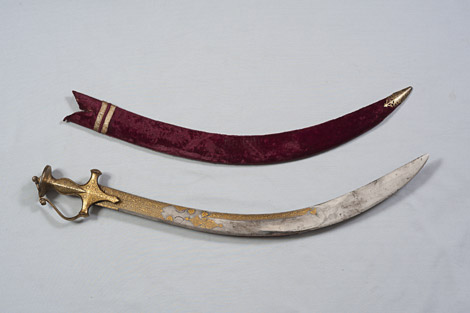
Tipu Sultan, also known as the “Tiger of Mysore,” was a formidable ruler in southern India who fought against British colonial forces. His legendary sword, adorned with inscriptions and precious stones, was a symbol of his power and resistance. After his defeat and death in 1799 during the Siege of Srirangapatna, the British seized it along with other treasures. It was eventually returned to India in the 21st century, but another of Tipu’s swords, which had been auctioned off in the 2000s, disappeared after its sale. This second sword has never been recovered, and its whereabouts remain unknown. Its intricate design and historical significance have made it a prized artifact, and its disappearance has fueled numerous speculations. Some believe it is hidden in private collections.
The Peking Man Fossils
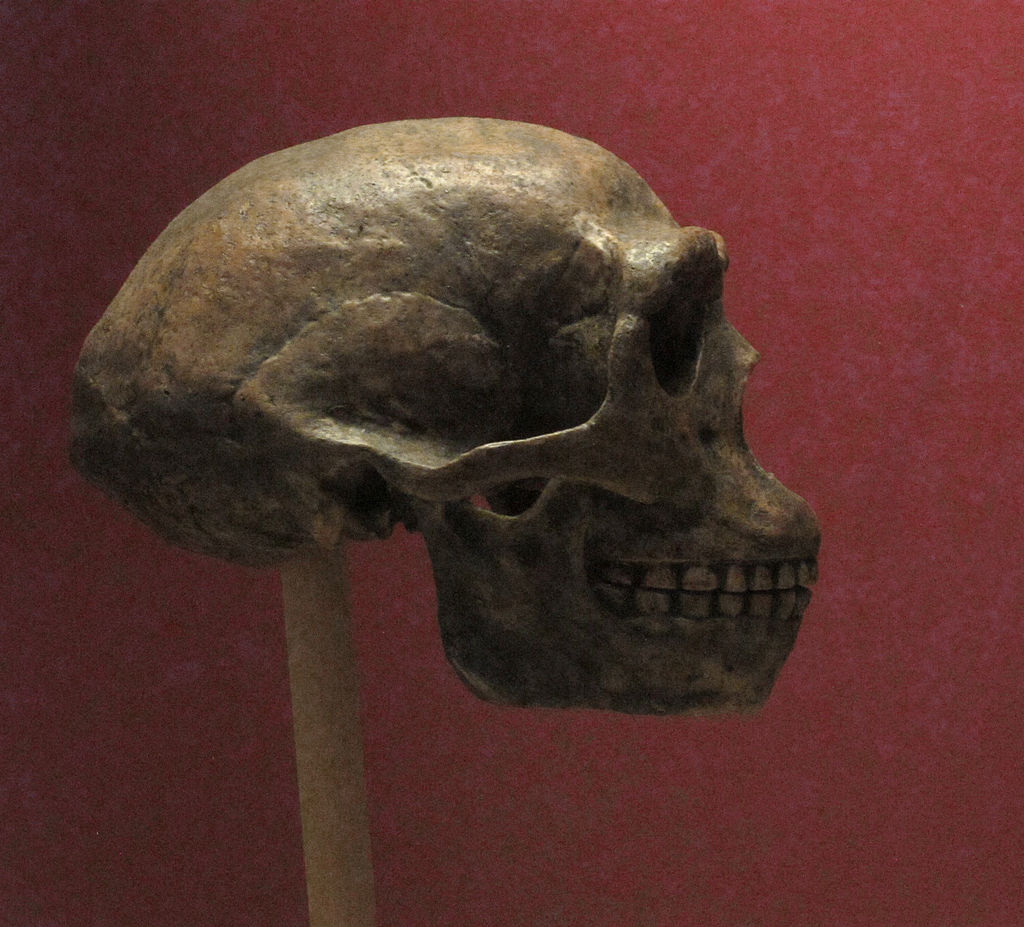
The Peking Man fossils, discovered near Beijing in the 1920s, were some of the most important finds in paleoanthropology, offering crucial insights into human evolution. The fossils, which belonged to Homo erectus, were stored at the Peking Union Medical College for safekeeping. However, during World War II, as Japan occupied China, the fossils were packed for shipment to the United States to avoid looting, but they vanished during transit. Their loss has been one of the great scientific mysteries of the 20th century. Despite numerous investigations and searches, they were never found, leading to speculation that they were destroyed, looted, or lost during the chaos of war. Modern researchers have made attempts to locate them, with some suggesting they may be hidden in private collections or buried in forgotten storage.
The Lost Library of Alexandria

The Library of Alexandria was one of the most famous libraries of the ancient world, located in the Egyptian city of Alexandria. It was established in the 3rd century BC and contained countless scrolls and manuscripts from across the ancient world, making it a center of learning and knowledge. Its destruction is shrouded in mystery, with various accounts suggesting it was destroyed by fire during different periods of conflict, including Julius Caesar’s invasion of Alexandria and later invasions by Roman or Muslim forces. Despite these theories, the exact cause and timeline of its destruction remain uncertain. Despite modern attempts to reconstruct its collections, the original library is lost to history.
This article originally appeared on Rarest.org.
More from Rarest.org
18 Mysterious Creatures of the World`s Most Isolated Islands

Isolated islands often hide secrets, and some of the world’s most mysterious creatures live in these remote areas. These animals have evolved uniquely, shaped by their environment and isolation. Read More.
21 Strange Geological Formations Found in Uninhabited Lands

The Earth hides some of its most extraordinary formations in uninhabited regions. These remote landscapes are home to geological wonders that seem almost otherworldly. Read More.
10 Beautifully Preserved Ancient Cities Buried Beneath the Earth

Ancient cities hold mysteries of civilizations long gone, hidden beneath the earth for centuries. These cities, once bustling with life, are now beautifully preserved time capsules of history. Read More.
